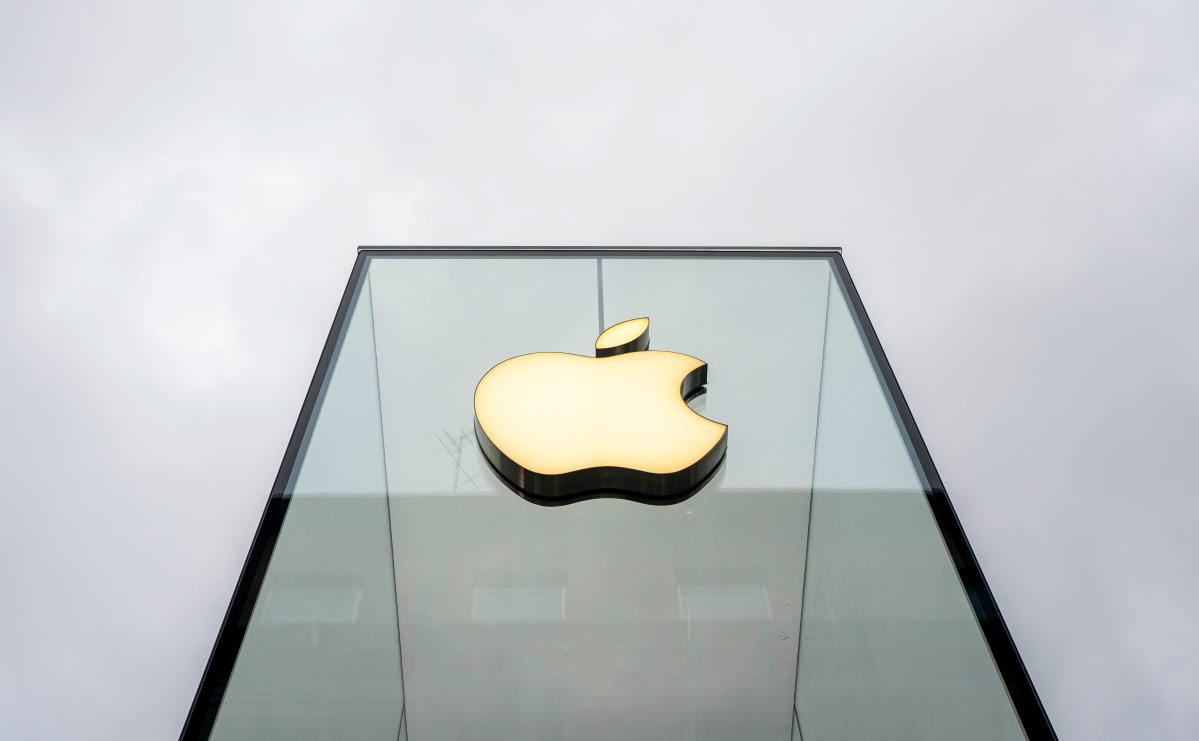The long fight to make Apple’s iMessage compatible with all devices has raged with little to show for it. But Google (de facto leader of the charge) and other mobile operators are now leveraging the European Union’s Digital Market Act (DMA), according to the Financial Times. The law, which goes into effect in 2024, requires that “gatekeepers” not favor their own systems or limit third parties from interoperating within them. Gatekeepers are any company that meets specific financial and usage qualifications, including Google’s parent company Alphabet, Apple, Samsung and others.



They’re not sent from iMessage. That is the point. If you write an article in a tech publication talking about messaging apps and protocols, you need to get the names right.
From what I know the user is still using iMessage, they are just translated into SMS and sent out.
The user is using the Messages app, which launched with support for SMS and MMS. Years later, Apple added iMessage as a third protocol to the app for use when messaging other Apple devices if they both turn iMessage on. If you message with an Android user, it remains with the default SMS and MMS. Nothing is being translated or downgraded; it’s just the original, default functionality of the app.
When the user clicks on the app to message people, is that app that they click on (the name they see) labelled “iMessage” or “Messages”?
The app is literally called „Messages“
The textfield where you type will say iMessage for iMessage contacts and will say sms message for everyone else
Ok so the original statement should be “when they’re sent through [Apple’s Message]” but honestly this is still being extremely picky.
The messages app distinguishes iMessages from SMS with the chat bubble color, and its users definitely know the difference